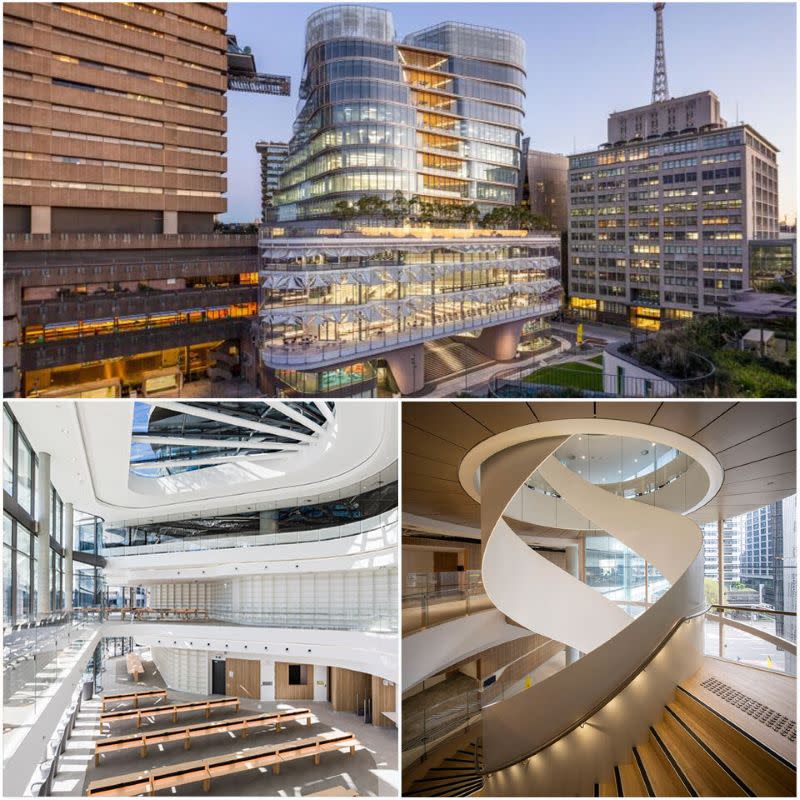Resources
Newsletter
Stay up to date and with the latest news, projects, deals and features.
Subscribe
In Australia’s architectural landscape, the push for tech integration faces a tug-of-war between tradition and innovation.
Many architecture studios in Australia lag in adopting advanced digital tools, unlike faster-moving industries such as finance.
Factors such as labour-intensive processes, regulatory hurdles, integration challenges and supplier relationships complicate this transition.
To grasp the current state of technology adoption, ArchifySpec engaged with top architecture, engineering and design studios, to better understand the opportunities and challenges of blending advanced technology with traditional practices in Australia’s built environment.
Leaders in the built environment stress the urgent need for Australia to adopt technology swiftly to seize opportunities, attract talent, and prevent further lag behind global counterparts.
Rene Garcia, an associate at DKO Architecture and 40-year veteran in the field, provides insights into the specific challenges and nuances of technology adoption, particularly in architectural specification.
“When we talk about specification, it’s not just about the products or the building materials; it’s about the entire process of how we document and manage these specifications,” Garcia said.
“Technology can streamline this process but integrating it into our existing systems, which have been developed and refined over decades, often doesn’t feel straightforward.”

Garcia said the adoption of new technology must be approached with caution and a deep understanding of the unique needs of the architecture industry.
“We have been using certain methods and systems, like NATSPEC, for years,” Garcia said.
“These systems are ingrained in our practice and while they may seem outdated, they offer a level of reliability and familiarity that new technologies must match or exceed.”
The reluctance to adopt new technologies is further compounded by the need for these tools to comply with stringent regulatory standards, a process that requires significant time and resources.
Moreover, the interaction with suppliers and manufacturers also plays a crucial role.
Garcia highlights the importance of maintaining robust relationships with technical representatives who can provide up-to-date and accurate information about products.
“The technical knowledge that suppliers provide is invaluable,” Garcia said.
“We rely on these experts to help us navigate the complexities of new products and ensure they meet all necessary regulations.”
This dynamic creates a challenging environment where potential digital specification solutions must be able to closely work with, and share knowledge from, suppliers and manufacturers within the technology itself.
While these tools aim to reduce administrative tasks and ensure compliance with up-to-date regulations, transitioning from traditional methods to a digital platform requires careful consideration and support.
“Adopting new technology means rethinking our entire approach to specification management,” Garcia said.
“It’s not just about using a new tool; it’s about integrating that tool into our existing workflows and ensuring it enhances, rather than disrupts, our processes.
“This requires a hybrid approach where we can gradually introduce the new technology while still relying on the proven methods we know and trust.”
One significant obstacle is the need for continuous updates to regulatory standards.
“Regulations change frequently and ensuring that our specifications remain compliant is a constant challenge. Any new technology must be able to keep up with these changes in real-time to be truly effective,” Garcia said.
“This requirement underscores the importance of ongoing maintenance and support for any digital tool used in architectural specification.”

Tim Phillips, managing and creative director at Tilt Industrial Design [pictured, top], said that although there was industry-wide interest in new technologies, the adoption rate varied significantly across different sectors of the built environment.
One of the core issues hindering widespread adoption, according to Phillips, lies in the reluctance of some firms to depart from established practices.
“There’s a significant portion of the industry that remains wedded to traditional methods,” Phillips said.
“This inertia can stem from concerns over initial costs, perceived risks or simply a lack of familiarity with new technologies.”
Phillips pointed to a recent successful project collaboration with FJC Studio on the UTS Library building at Ultimo, NSW, showcasing the transformative potential of early technology adoption.
“By integrating tools like Rhino and Grasshopper early in the design phase, we streamlined the fabrication process, saving significant time and costs,” Phillips said.
“Such successes underscore the potential benefits of technological integration but also highlight the initial investment and learning curve involved.”
Phillips stressed the critical importance of architectural practices not just meeting client briefs but also delivering substantial value.
“The industry’s slow integration of these advanced tools may lead clients to resist technological advancements, potentially limiting architects’ capabilities to innovate and fulfill ambitious design objectives,” Phillips said.
“Aligning the ambitions of developers with the capabilities of the design and construction teams is essential—a complex balance requiring careful consideration.”
Phillips said industry-wide collaboration and targeted education were crucial to overcoming these challenges.
“We must cultivate a culture of innovation where architects, engineers and builders collaborate synergistically to navigate digital technology’s evolving landscape and maximise its potential,” Phillips said.
“Amidst fears of job displacement by technology, there lies an equal promise of new opportunities for those adaptable to change. Embracing technological evolution is crucial as stagnation won’t yield the results we seek.”
The Urban Developer is proud to partner with ArchifySpec to deliver this article to you. In doing so, we can continue to publish our daily news, information, insights and opinion to you, our valued readers.